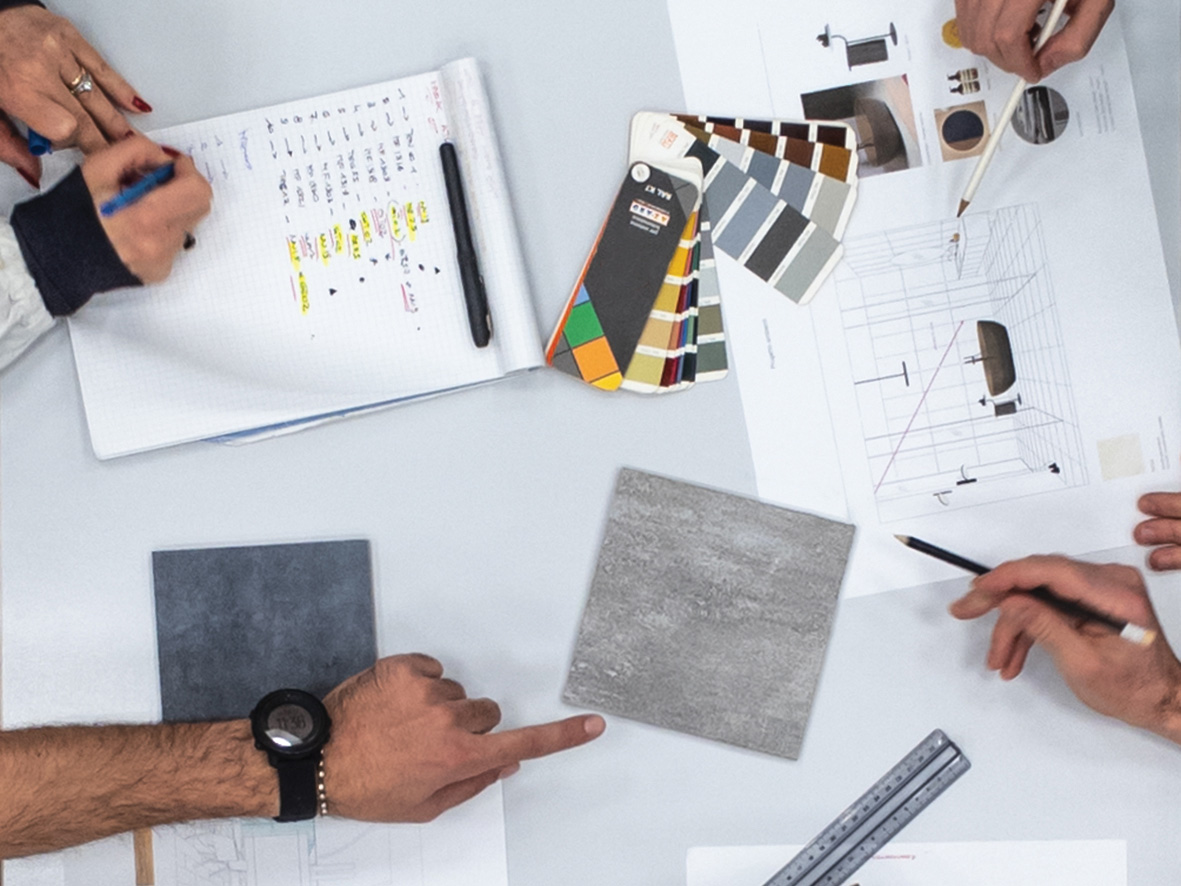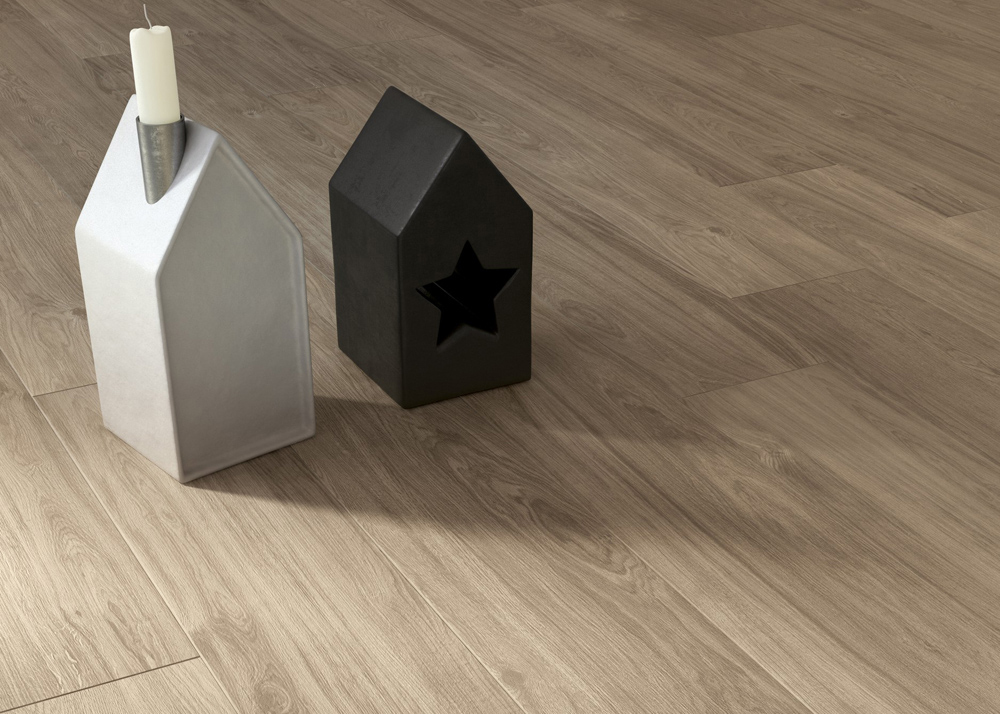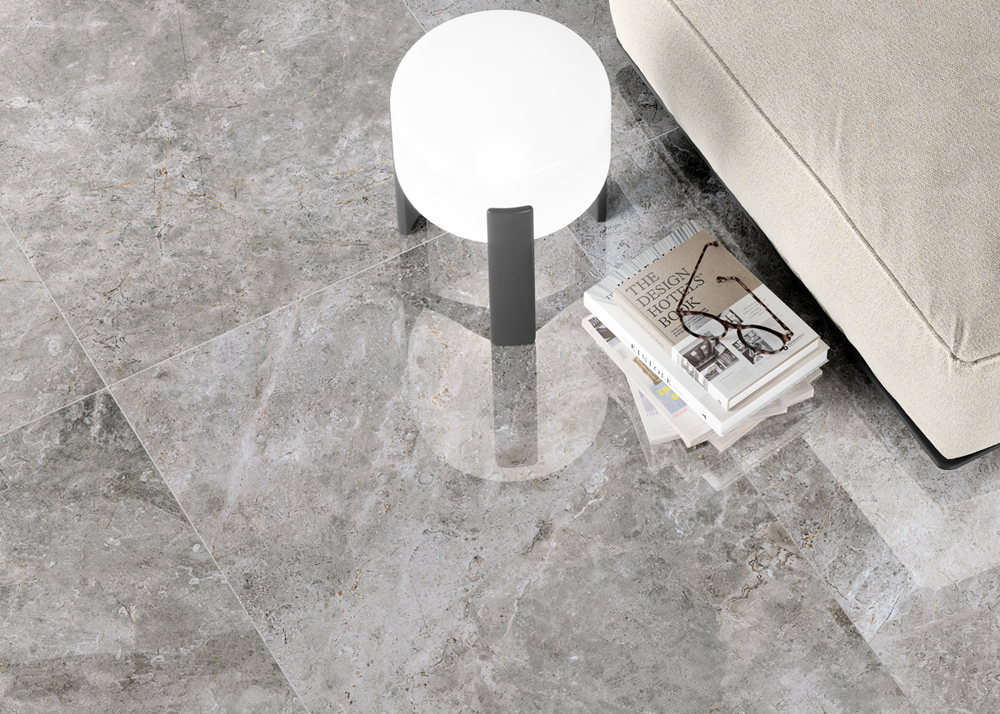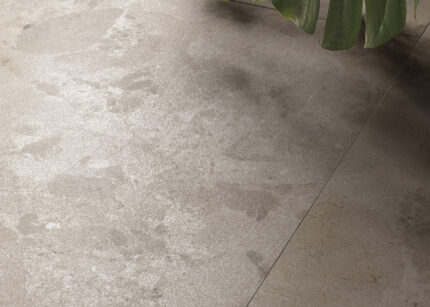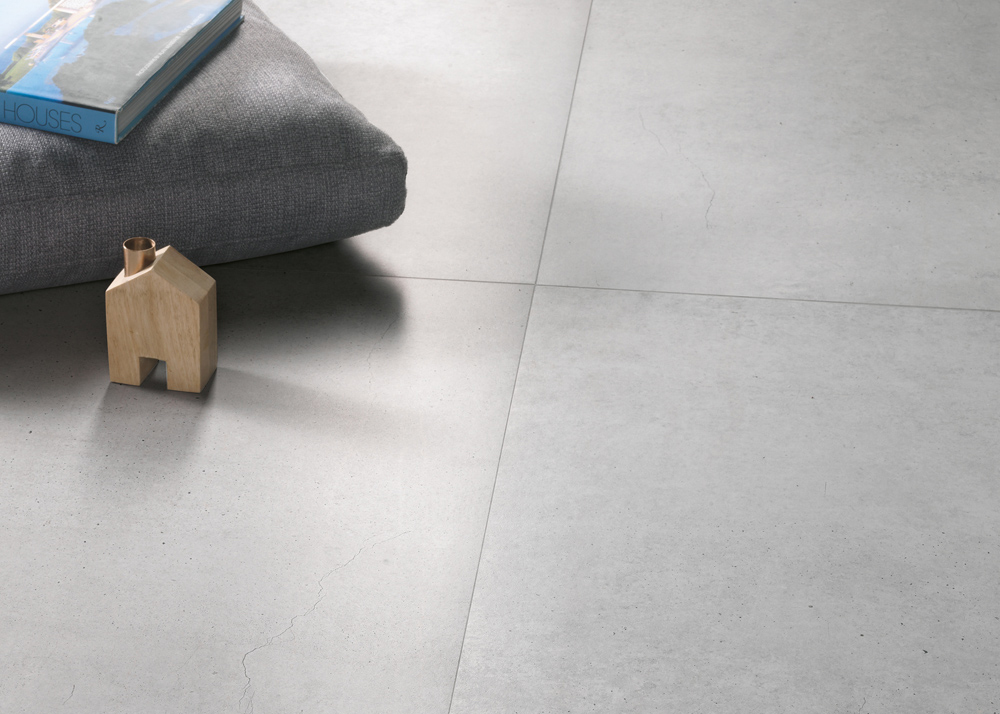Introduction to tile shade
Defining tile shade and its relevance
The concept of tile shade refers to the specific tone that characterises a batch of ceramic or porcelain tiles. In industrial manufacturing, achieving perfectly identical colour shades across thousands of tiles is virtually impossible.
This is due to various factors in the production process, including raw material variations, kiln temperatures, and firing conditions. To manage these differences, tiles are grouped based on their colour uniformity before packaging. This process is known as shade sorting, and each group is marked with a letter code – such as Shade A or Shade B – to indicate the level of similarity within the batch.
This classification helps architects, designers, and homeowners to select shaded tiles that maintain visual harmony across larger surfaces, ensuring consistency even in expansive installations.
The importance of tile shade variation extends beyond mere aesthetics: it is a critical aspect of quality control, reducing the risk of visible discrepancies that could compromise the overall look of a finished space.
Manufacturing process, quality control, and shade classification
The production challenges: from porcelain tile to quality assurance
The manufacturing process of porcelain tiles is a highly technical procedure that encompasses various stages: raw material selection, mixing, pressing, glazing, and firing.
Each phase has a direct impact on the final appearance of the product, including the shade variation in tile. Even minimal changes in mineral composition, firing temperature, or kiln conditions can lead to slight dissimilarities in colour tones across different batches.
To guarantee consistency, manufacturers implement rigorous quality control measures. During production, tiles are carefully inspected and grouped based on their colour uniformity. This classification is crucial for large-scale projects, where even minor tonal discrepancies would be noticeable. Through a meticulous sorting process, each batch is assigned a specific shade code – Shade A, Shade B, or Shade C – to reflect its visual consistency.
This method not only simplifies the installation phase but also aids designers and architects in selecting the right materials. Understanding the various shades of tiles allows professionals to plan layouts that enhance aesthetic harmony.
The impact of shade variation on design aesthetics
Aesthetic consideration and functional design
In interior design, the tile colour shade variation plays a fundamental role in shaping the visual appeal of a space. Different hues can dramatically influence the atmosphere, creating either a uniform and minimalist look or a more dynamic effect.
One of the most striking applications of this concept is found in marble shade tiles. The subtle differences in veining replicate the natural beauty of real marble, adding a sense of luxury and elegance. These variations not only enhance the authenticity of the material but also bring depth and movement to large surfaces, making them ideal for grand entrances, bathrooms, and sophisticated living areas.
Similarly, the use of different shades of stone tile allows for even greater versatility. Whether replicating slate, travertine, or granite, these tonal differences bring a raw and organic feel to both residential and commercial spaces.
Another compelling example is the application of shaded slate tile. This variation captures the rugged, textured essence of natural slate, with each piece displaying unique shifts in tone. The interplay of light and dark segments creates visual depth, making it an excellent choice for feature walls or accent floors.
Mastering the art of working with shade variation tile enables designers to achieve captivating spaces that are both elegant and timeless. The thoughtful selection and arrangement of different tonalities ensure that each installation is unique, reflecting both the character of the material and the vision of the designer.
Refin’s product range: balancing innovation with tradition
An overview of Refin’s exclusive collections
At Ceramiche Refin, we believe that innovation and tradition can seamlessly coexist within our extensive range of porcelain tiles. Through advanced manufacturing techniques and careful material selection, we ensure high-quality products with meticulous attention to detail.
Our collections span from surfaces that capture the elegance of marble to textures inspired by stone, concrete and slate. Each series is designed to enhance the unique characteristics of these materials while maintaining a high standard of colour consistency. Thanks to our precise production processes, we effectively manage colour variations, delivering products that ensure visual harmony across any installation.
Moreover, our commitment to sustainability is evident at every stage of production, with a focus on reducing environmental impact. For us, technological innovation and environmental responsibility are core values, reflected in exclusive collections that combine timeless design with performance.
Conclusion and future trends in tile shade technology
Summarising the role of shade in tile design
Understanding the role of tile shade is fundamental for achieving consistent and aesthetically pleasing surfaces. Shade classification not only ensures harmony in large-scale installations but also simplifies the selection process for architects and designers.
Looking ahead, technological advancements are set to redefine shade precision in tile manufacturing. Innovations in digital printing and enhanced quality control processes will enable even greater consistency, reducing the margin for variation.
Moreover, sustainable production methods are expected to become more prevalent, aligning with global demands for eco-friendly building materials. The future of tile shade technology is not only about perfecting colour uniformity, but also about embracing sustainable practices that meet modern design expectations.
FAQ
What is the shade number on tile?
The shade number on a tile indicates its specific colour tone within a manufacturing batch. During production, slight variations in colour can occur due to factors like kiln temperature and raw material composition. To ensure consistency, tiles are sorted and labelled with a shade number (or letter), allowing for seamless matching during installation and reducing visible discrepancies on large surfaces.
What is the shade and calibre of a tile?
The shade of a tile represents its colour tone, while the calibre refers to its precise dimensions. Both are essential for achieving uniformity during installation. Shade variations may arise from production processes, while calibre differences are due to material shrinkage during firing. For this reason, tiles are carefully sorted and labelled, ensuring perfect alignment and consistent aesthetics across large areas.
What colour is best for tiles?
The ideal colour for tiles largely depends on the design intent and space characteristics. Neutral shades like grey, beige, and white are versatile and timeless, perfect for enhancing natural light and creating a sense of spaciousness. Darker colours, such as anthracite or deep brown, add elegance and contrast, while bold hues can serve as statement pieces in accent walls or decorative patterns.
What is shade variation?
Shade variation describes the natural differences in colour tones found among tiles of the same collection. These variations can be subtle or pronounced, depending on the intended design. Manufacturers often categorise tiles into different shade groups to maintain visual harmony, making it easier for designers and installers to create aesthetically pleasing surfaces with intentional contrasts or smooth transitions.
